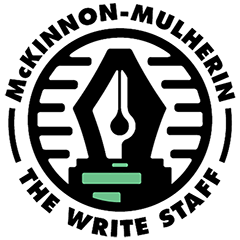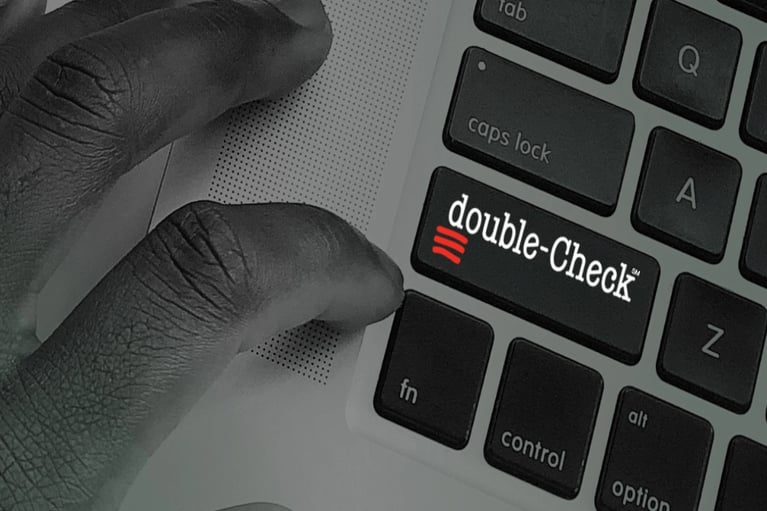Edit vs. Proof: Breaking Down Levels of Review
Writing is a tough job, and most of us need to do it: according to the National Association of Colleges and Employers, 73.4 percent of employers want a candidate with strong written communication skills. No matter what you write—a letter, a proposal, a blog post, a manual—be rightfully proud of what you just wrote. You might feel ready to share it with the world!
Hold that thought.
Before you share, you have to review.
Language has the power to persuade, commit, teach, impress, and more. All of the content that goes out your door, therefore, should be reviewed by multiple sets of eyes before publishing. The feedback reviewers provide can create a better document.
Who Should Do the Review?
To get a review, you could ask a colleague, “Can you take a look at this for me?” If you do, make sure you give them necessary context and information so that you get useful feedback instead of unhelpful suggestions.
If you want a useful review, you need to do three things first:
- Figure out what kind of review you need. For a contract, you might need a legal review. For a training, you might need a potential learner to review. For a proposal, you might need a compliance review.
- Figure out who can provide that review. Each of the examples above requires a different reviewer—a lawyer, an employee in your target audience, and someone who knows proposals.
- Send your document to the reviewer—with instructions. Make sure your reviewer knows what you need; if you want a compliance review, make sure your reviewer isn’t going to proofread your proposal instead.
Speaking of proofreading, that may be all your document needs. Or it might need an edit. What’s the difference? I’m glad you asked.
What Review Can an Editor Do?
At McKinnon-Mulherin, we always think you need an editor, or at least a proofreader. In fact, our Double-Check site proclaims, “Everyone Needs a Double-Check.” And unlike your word processor or some popular websites, we have humans doing the checking.
Editing and proofreading differ from the reviews I mentioned earlier because they focus on the effective use of language. Within that rather broad definition, we have several types of editorial reviews:
- High-level edit. In a high-level edit, your editor considers your document’s overall purpose to examine the structure and coherence of what you’ve written. We often do this kind of review early on to help shape the writing process and prevent rework later.
- Detail edit. This soup-to-nuts review looks at each line of your content to find grammatical errors, awkward sentences, inconsistencies, style problems, tone problems, and more.
- Proofread. This review scans for typos, misplaced punctuation, inconsistent capitalization, and all the tiny errors that can slip into a document in review or slip past reviewers at other levels. (You can read our proofreading series here to get our best tips.)
What Do I Do After the Review?
The final, crucial step of a review is making changes based on the reviewer’s suggestions. You don’t have to implement every change a reviewer makes, but if you don’t, you should make sure you know why you’re not making that change. If you’re not sure, ask. If, for example, your legal reviewer tells you not to use certain words, find out why so you’ll know for future projects.
McMul can help you with just about any kind of review. If you’ve got a project in the works and you need reviewers who know their stuff, our sister company Double-Check provides a no-judgment, simple, and affordable way to have a real human review your document quickly.
About the Author: Deb Moeller










